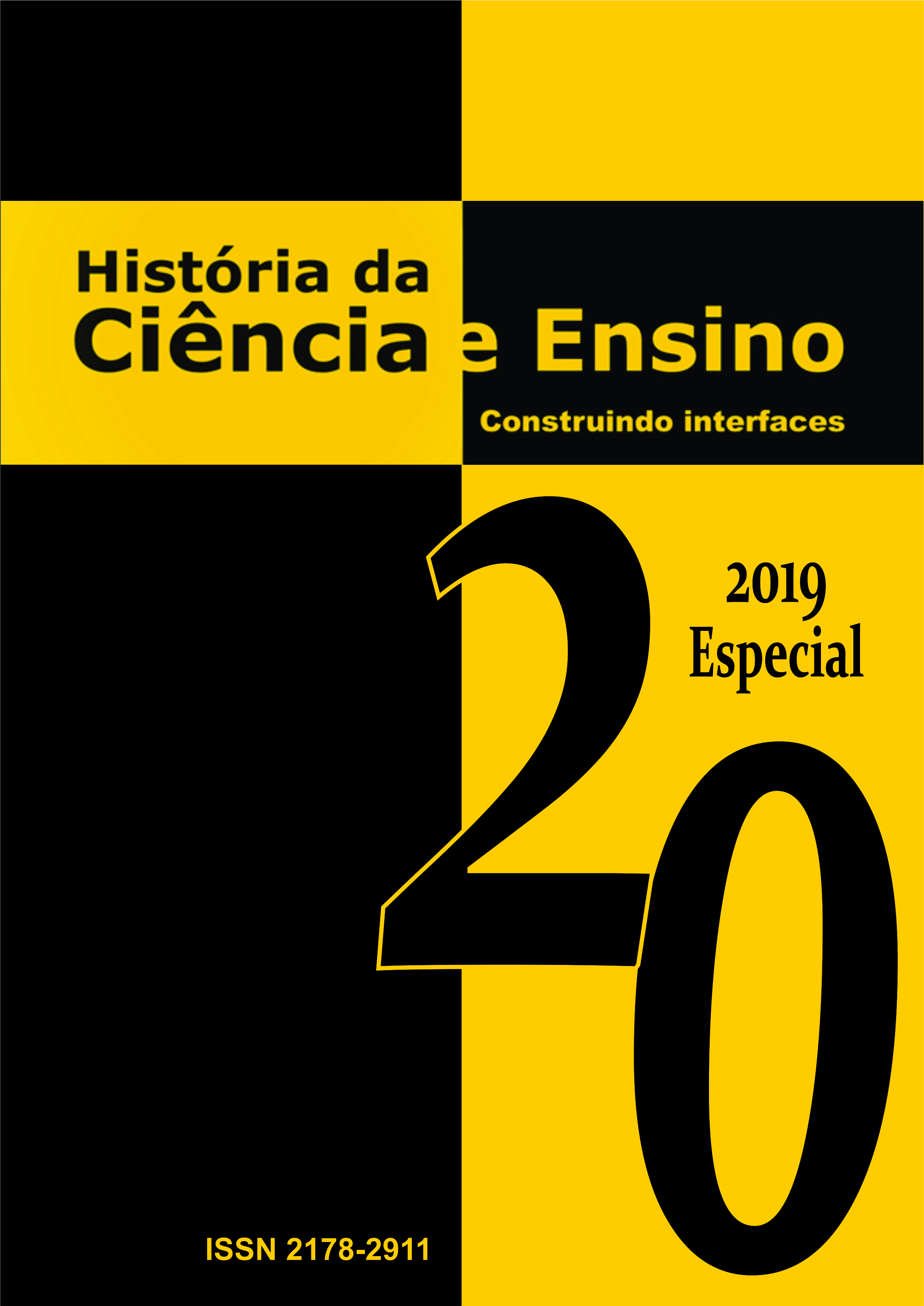A formação do artista botânico no século XIX: fronteira entre ciência e arte
DOI:
https://doi.org/10.23925/2178-2911.2019v20espp823-835Resumo
Resumo
A imagem botânica percorreu tendências e possibilidades técnicas singulares ao longo da sua história. Diferentes teorias influenciaram na representação das imagens das plantas, bem como a importante relação entre artista, desenhista, gravador e cientista, uma confluência entre teoria e prática - ciência e arte – apresentadas em edições fundamentais da historiografia botânica. Houve, portanto, a necessidade de formação do ilustrador para as edições científicas e de distingui-lo do artista paisagista ou pintor de flores. Contudo, essa distinção foi tênue, levando-se em conta que a própria Taxonomia de Lineu, com a publicação da obra Systema Naturae (1735), por destacar a flor na classificação, fez com que as imagens científicas estivessem muito próximas às pinturas florais decorativas. Necessitou-se da parceria do artista com o botânico, uma combinação que não ficou reservada às edições de livros e trocas de informações teóricas, mas difundiu-se igualmente na metodologia de ensino em botânica.
Cabe notar que, além de desenhos ou gravuras para o aprendizado, também existiam tratados e manuais direcionados para a formação inicial do artista botânico. Este trabalho pretende mostrar que a instrução do ilustrador botânico era complexa e dependia substancialmente de esforços colaborativos entre o cientista e o artista. Principalmente na sua integração às concepções e orientações científicas para se diferenciar do pintor comum, e não apenas da habilidade artística.
Palavras-chave: História da Ciência. Artista botânico. Ensino.
Abstract
The botanical image has traced trends and unique technical possibilities throughout its history. Different theories influenced the representation of plant images, as well as the important relation between the artist, the draftsman, the engraver and the scientist, a confluence of theory and practice - science and art – featured in fundamental editions of botanical historiography. Therefore, there was a need for illustrators to be trained for scientific editions and to distinguish themselves from landscape artists or flower painters. However, this distinction was subtle, with the very Taxonomy of Linnaeus in his work Systema Naturae (1735) containing images that resembled decorative floral paintings due to the flowers being highlighted for classification. The partnership between the botanist and the artist became necessary not only in publishing and for scientific communication but was also incorporated in methodologies used for botany teaching. It is noteworthy that, in addition to drawings and engravings used as learning material, there were also treatises and manuals intended for the initial training of botanical artists. This work intends to show that the instruction of the botanical illustrator was complex and depended substantially on collaborative efforts between the scientist and the artist. Mainly in its integration to the scientific conceptions and orientations to differentiate itself from the common painter, and not just artistic ability.
Keywords: History of Science. Botanical artist. Education.


